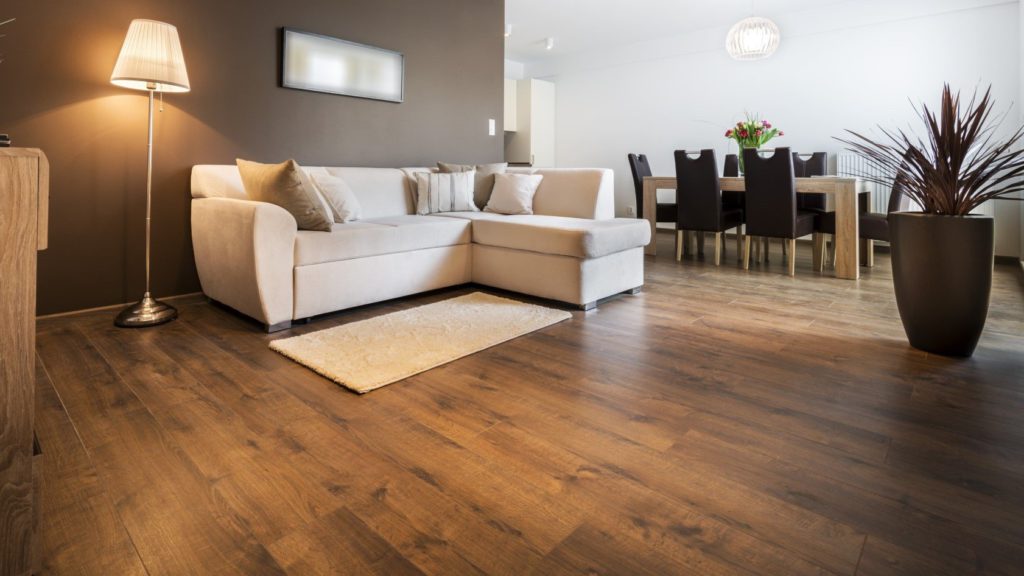
If you are considering hardwood for your next DIY project or flooring redesign, check out these 17 unique colors and styles to see how versatile a real hardwood floor can be. Just like solid hardwood floors, engineered hardwood floors are available in many different styles, colors, and species of wood. Hardwood floors come in many styles and colors that fit a wide range of decorating tastes, so you can pick out a floor that is ideal for your preferences. Today, hardwood floors are a popular choice, and there are tons of types and colors of hardwood available, so literally, there is something for everyone’s home decor style.
There is a reason that hardwood flooring is so popular; it can be used to compliment just about any interior design, architectural style, or color palette. Wooden flooring is naturally beautiful, comes in many colors and styles that will fit with just about any interior design. Wooden floating floors are natural and beautiful, come in a variety of colors to match any home decor, are durable and long-lasting, and are easily cleaned and maintained using a regularly used floor cleaning products designed for wood floors. Because it is so durable, laminate floors are not as prone to wear from pets and foot traffic.
While it does hold up to humidity better than hardwood, it should not be placed in an area of your house that is often damp. Pros and cons of laminate flooring include the fact that it does not bleed or scratch easily like hardwood, but repairs can result in the entire floor being redone. The benefit of engineered floor instead of solid wood is that it has a lower tendency to expand and contract – this means that it is suitable for underfloor heating, as well as areas where there is likely to be fluctuating humidity and temperature levels, like the bathroom or kitchen. Engineered flooring is made from layers of boards which are bound together using adhesives, similar to Ultra-Plywood, with the uppermost layer being a solid piece of timber called Cross-Laminated Timber (CLT).
A layer of hardwood finishing is glued onto top of the central core, which could be any hardwood species. Long strip floorboards, which are like engineered wood, have multiple pieces of wood that are glued together, while the center core is usually softwood and is used for making the grooves. The center core is the part that is glue-on. wood is either trimmed to strips, which are made to have tongues and grooves, boards, which are also made to have tongues and grooves, or wooden tiles, which are laid out in geometric patterns.

With finished hardwood floors on location, the hardwood is originally installed unfinished, and subsequently polished and refinished. Prefinished floors are finished by being sanded and sealed, thus eliminating a few steps in the installation process. If you are going for genuine hardwood, you have the choice of pre-finished or unfinished.
Unfortunately, with many pre-finished floors, buyers are limited to using solid hardwood, unless your preference is for a four-to-five-inch wide board. Keep in mind that the popularity of wider plank floors limits the solid products because they will not hold up well in most environments. This does not exclude real hardwood floors in concrete, but usage has dropped dramatically over the past five years due to the rise of engineered thick veneer floors, including all our Uptown hardwoods.
Wood floors are the classic option, and even with the abundance of wood-look floor options, there is always going to be a market for both real hardwoods and engineered hardwoods. Some people prefer the classic look of hardwood over carpeting or tiles, and others just love the fact that this type of floor is easier to clean and maintain. Generally speaking, it is harder to install hardwood floors than it is for DIYers than it is other options that do not include carpet, like laminate, vinyl, or even ceramic tile.
Cost makes hardwood pricier than most carpets and other floor options, like vinyl. Remember, however, that it is just an initial investment; well-maintained hardwood floors can last decades longer than other, less-expensive options, saving money in the long run.
You may be able to find some hardwood floors for only $1 or $2 per square foot, but generally speaking, good-quality hardwood will run you $5 to $10 per square foot, or more, just for the materials. Wooden floors generally run $6 to $12 a square foot, depending on the wood you choose and the cost of labor. Once your clients have committed to hardwood floors, the first choice they will have is which wood to use. When choosing among many types of woods used for flooring, softwoods vs. hardwoods are a primary consideration.
Typical hardwood flooring wood choices include oak, pine, maple, fir, birch, cherry, beech, and even bamboo. Some of the more popular choices for flooring include tiles, hardwood, laminate, and carpeting. Wood flooring remains one of the most popular choices, since it is naturally inviting, beautiful, and a timeless material.
White Oak Wood Flooring has a more individual, cleaner grain that is more similar to hardwoods than typical, creating a nice variance in appearance as well as modern aesthetic. Whitewashing the floors dulls down some of the tones in the wood, and it can create a look that complements many types of furniture and spaces. Today, when choosing the right hardwood flooring for your space, you have plenty of colour choices, not to mention other custom-made floor options such as textures, lusters, and types of wood.
Wood floor sealer not only adds value to your home due to their natural beauty, but because they are extremely durable and easy to maintain, which allows you to save money on upkeep for years. When planning for these types of home improvement projects, you can recommend hardwood floors without hesitation, as they improve or retain a home’s market value.
